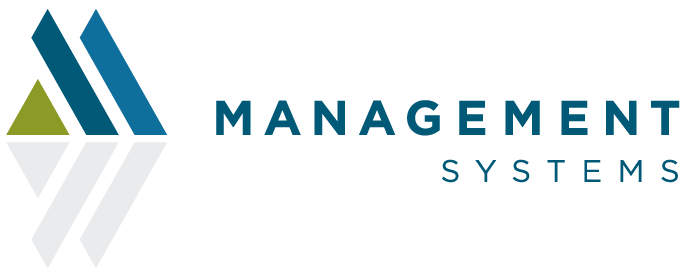Stages of Organizational Growth
Based upon our research, we have developed a “life cycle” model that identifies seven predictable stages of organizational growth. In our model, growth is defined in terms of an organization’s revenue (if it is “for-profit”) or budget (if it is “not-for-profit”). At certain points in revenue/budget growth, an organization needs to “transition to the next stage of development.” An effective or successful transition is achieved only when the organization has developed the infrastructure (systems, processes, structure, etc.) needed to effectively support its operations at that size. If an organization’s infrastructure is not aligned with its size (that is, if it is underdeveloped), it will experience Growing Pains.
At each stage of growth in our model, one or more of the six building blocks of success (included in the Pyramid of Organizational Development™) needs to be focused upon as the organization’s management works to achieve a specific overriding objective for that stage. The Stages of Growth framework is further explained in several of our books and articles including Eric Flamholtz’s and Yvonne Randle’s book, Growing Pains.
The stages in our model, the revenue/budget level which defines each stage, and the required focus and overall objective for each stage are shown below:
Size of Organization (Revenue/Budget)
Please note: there are two different ranges of annual revenue to designate each stage of growth – one for manufacturing and one for service companies. This reflects the fact that a manufacturing company’s revenues are derived from products being sold, while a service company’s revenues are derived from people “as the product.” This means, in turn, that a service company with the same revenue as that of a manufacturing company will tend to have a larger number of employees and, as a result, will have a more complex operation (for a given level of revenue).
